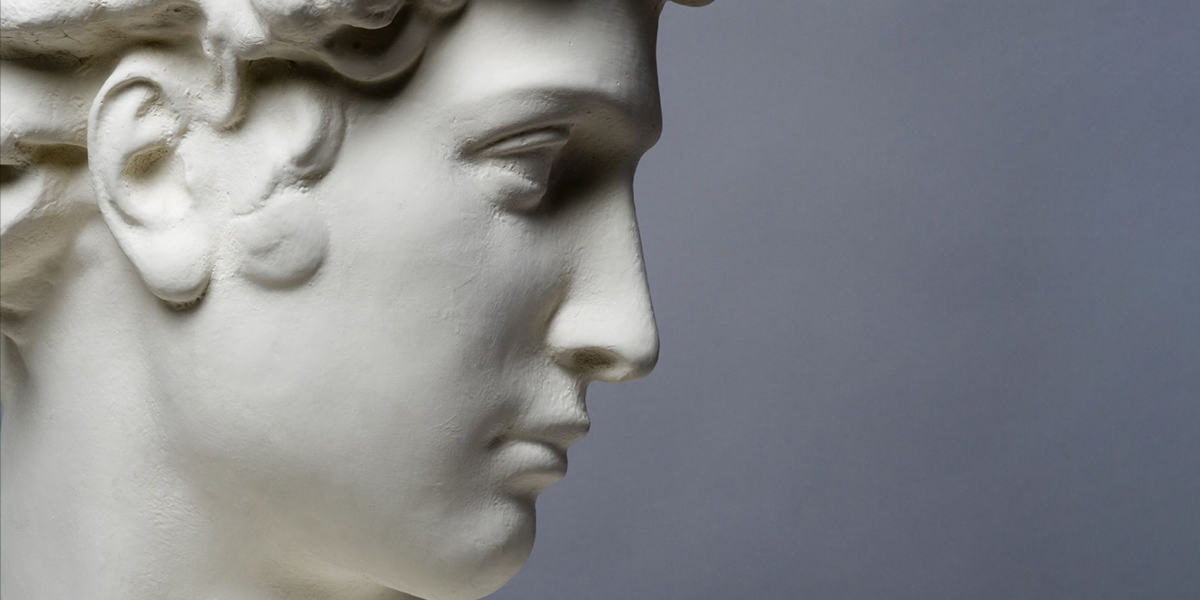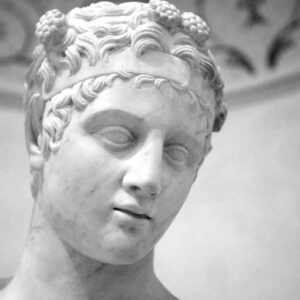
What is revision nose surgery?
Revision nose surgery is an operation performed to correct aesthetic or functional problems that occur after the first rhinoplasty surgery. This is performed if expectations are not met or incorrect results are obtained following an initial nose surgery, sometimes called primary rhinoplasty.
Why do I need nose revision?
There may be more than one reason for the need for nasal revision surgery. Here are the main reasons for this need:
Aesthetic Dissatisfaction: The results of the first nose surgery may not always be satisfactory for the patient. This may happen if the patient does not like the shape, size or general appearance of the nose after surgery. In some cases, aesthetic results may be unsatisfactory due to the skill level of the previous surgeon or lack of communication between the patient and surgeon.
Functional Problems: Nose surgery is not limited to only aesthetic changes; It also has functional aspects. Functional problems such as breathing problems may occur after the first surgery. For example, the septum inside the nose may be crooked, preventing comfortable breathing.
Scar and Scar Tissue: After surgery, unwanted scars or scar tissue may occur inside or outside the nose. This can cause an aesthetically unpleasant look or feel and may need to be corrected with revision surgery.
Injury or Damage: After the initial surgery, an injury or accident may cause damage to the nasal structure. This is a situation where revision surgery may be necessary.
Natural Changes: Over time, natural changes may occur in the nasal tissue. This may result in altered aesthetic or functional results and corrections may be required.
Improper First Surgery: Another reason for the need for revision may be that the first surgery was not performed properly. This may be due to a number of factors, such as insufficient experience of the surgeon or lack of proper understanding of the patient’s demands.
Psychological Factors: Some patients may feel uncertain about their nose appearance, despite the results of the initial surgery. This may be related to the patient’s sensitivity or self-confidence towards their aesthetic appearance, which may lead them to consider revision surgery.
As a result, the need for nasal revision may be due to a number of factors, from not meeting aesthetic expectations to functional problems, from injuries to natural changes. In all cases, it is important that the patient and surgeon carefully discuss the possibilities, expectations, and outcomes.
Is rib cartilage used in revision nose surgeries?
Yes, rib cartilage can be used in nose revision surgeries. In particular, rib cartilage may be an option when there is not enough cartilage left as a result of previous nose surgeries or when more complex corrections are required.
If the extra cartilage necessary to correct or support the nasal structure is not available, the surgeon may remove some of the cartilage from the patient’s own rib. This can be useful to ensure a natural look and feel, as tissue from your own body is often the most compatible option.
Using rib cartilage can be a more technically complex procedure and involves removing cartilage from a separate area, so it may require extra recovery time. Moreover, shaping and properly placing the cartilage taken from the rib cartilage requires a high degree of expertise and experience of the surgeon.
This method may be appropriate for certain situations and may vary depending on the needs of each patient. To make the best decision about whether the use of rib cartilage is suitable for you, it will be important to have a detailed consultation with an experienced plastic surgeon. This can help you better understand the specific needs of your case and the specific techniques the surgeon recommends.
What should I expect from revision nose surgery?
Your expectations from revision rhinoplasty may vary depending on your specific situation, the problems that need to be corrected, your surgeon’s expertise, and your goals. To summarize in general ;
- One of the main goals of revision surgery is to correct the aesthetic results of the initial surgery. This could mean a more balanced nose shape, a more harmonious size, or a more natural appearance.
- If there are functional problems such as breathing after the first surgery, revision surgery can correct these problems.
- Revision nose surgery can be a procedure that can correct complex problems resulting from the results of previous surgery, which is why the recovery process may take longer than primary surgery.
- Because revision surgeries are often more complex than primary surgery, the cost may also be higher.
- Revision nose surgery can also have an emotional impact, as it can create a psychological burden if the patient is dissatisfied with the results of the initial surgery. During this process, open and honest communication with your surgeon and clear expression of expectations and concerns will be very important.
- Revision nose surgery can be a more complex procedure than the initial surgery, so it is essential to choose a surgeon experienced in this type of procedure.
Finally, it is important to understand that revision surgery is not guaranteed to solve every problem. A detailed discussion with your surgeon can give you a clear idea of what results are possible.





 Turkish
Turkish Français
Français Deutsch
Deutsch